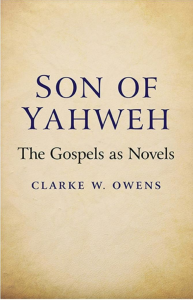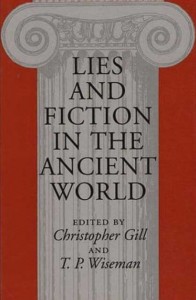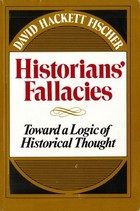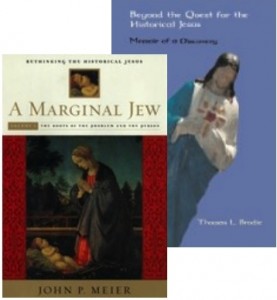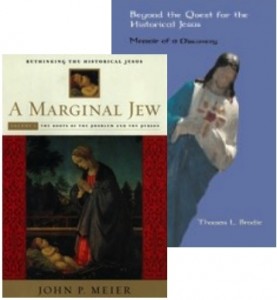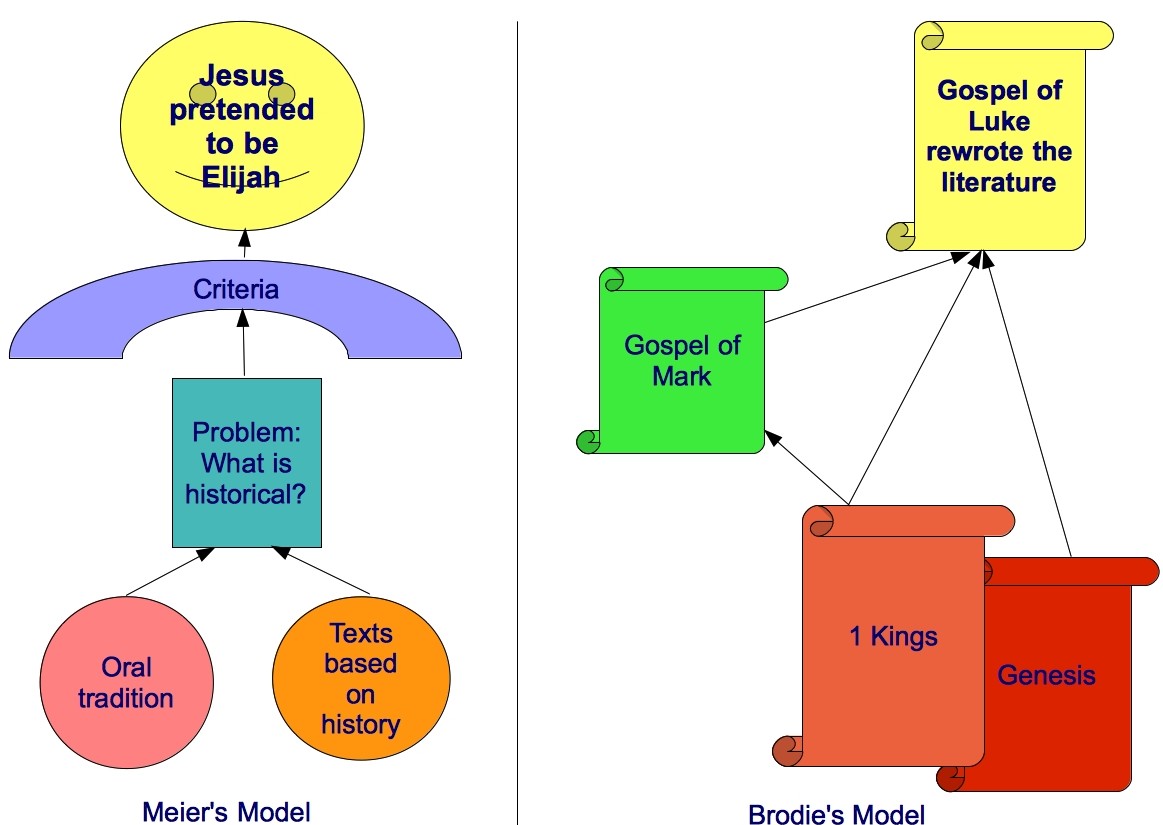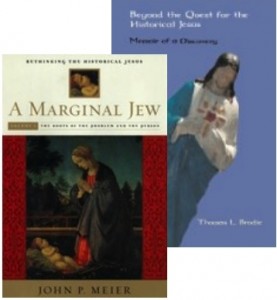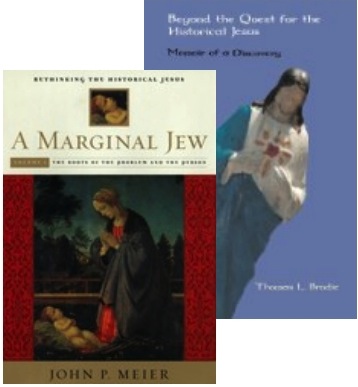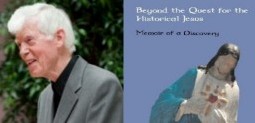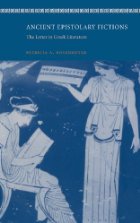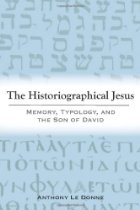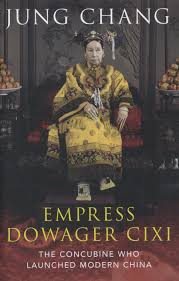 How history changes! At school I learned that nineteenth century China was easy-pickings for European powers who were able to easily kick aside her antiquated army and carve out for themselves “spheres of influence” for their own trading benefits as they willed. The most scandalous of these occasions were the Opium Wars in which Britain forced the Chinese imperial government to open up the Chinese populace to British merchants making a “killing” selling Indian opium.
How history changes! At school I learned that nineteenth century China was easy-pickings for European powers who were able to easily kick aside her antiquated army and carve out for themselves “spheres of influence” for their own trading benefits as they willed. The most scandalous of these occasions were the Opium Wars in which Britain forced the Chinese imperial government to open up the Chinese populace to British merchants making a “killing” selling Indian opium.
Two reasons were always given for the ease with which Westerners were able to dominate China so easily:
- The Chinese felt so superior to the West, disdaining the “barbarians”, that they had no wish to learn from them or adopt any of their ways, not even their superior technology;
- The Chinese from the later nineteenth to the early twentieth century was effectively ruled by a Dowager Empress who was authoritarian yet weak and loathed Westerners and resisted any form of modernization.
Maybe those points need to be nuanced but that’s essentially how I recall my high school lessons of China before the Republican movement, the Japanese invasion and the Communist Revolution.
One thing always stood out: the Empress Dowager was bad news for China.
All that has been completely turned on its head since a new book by Jung Chang, Empress Dowager Cixi: The Concubine Who Launched Modern China. The author writes with the benefit of documents released for the first time from Chinese and Japanese archives.
It turns out that far from being the brake on modernizing China the Empress Dowager was in fact the driving force behind modernization. At the time of her death she was even working towards establishing a Constitutional Monarchy that would have given millions of Chinese the right to vote. So much that I learned about pre-communist and pre-republican China has been completely turned on its head.
Among the reforms she was responsible for: Continue reading “Rewriting the History of Modern China”

